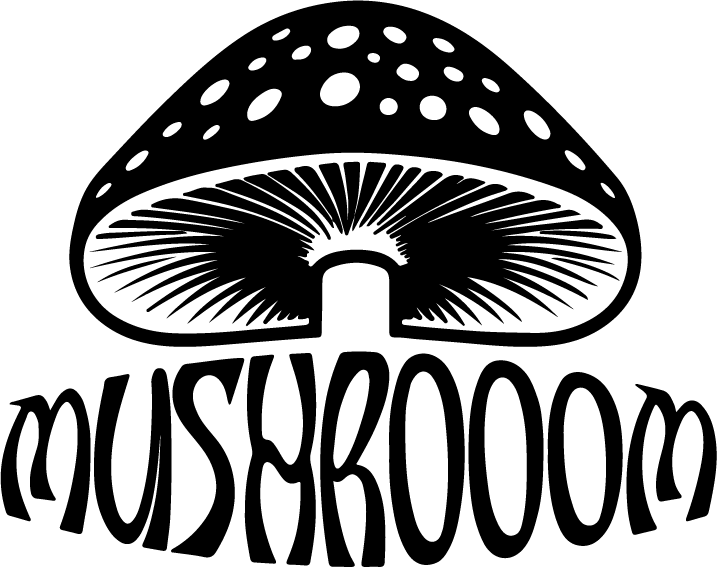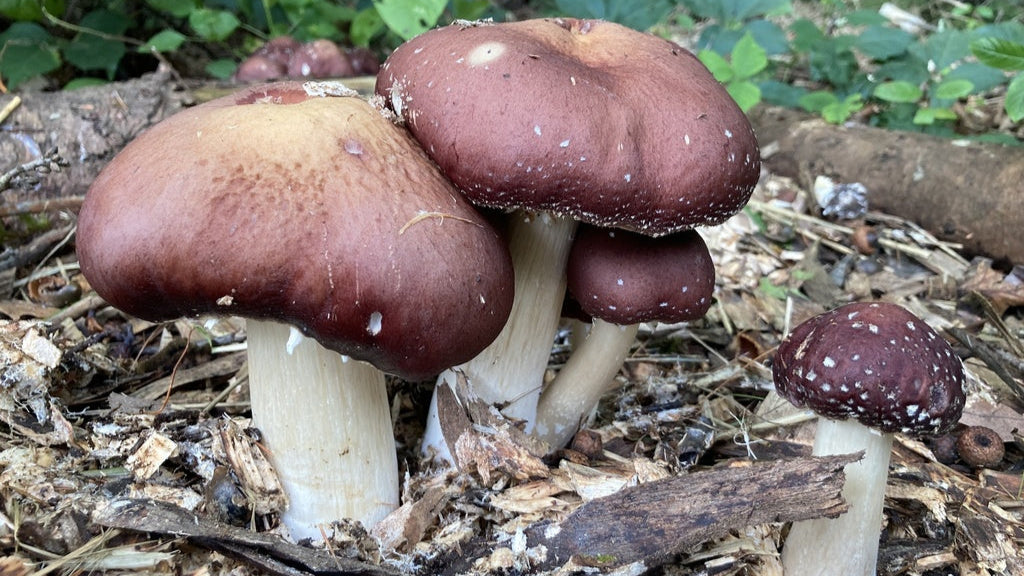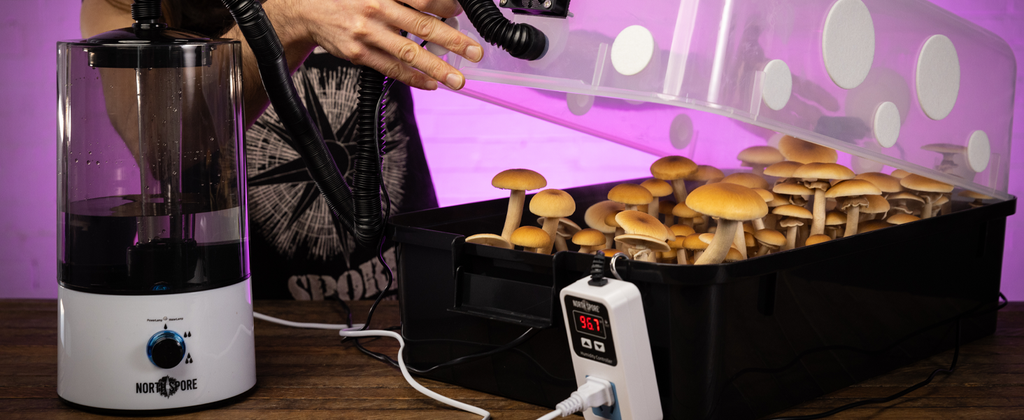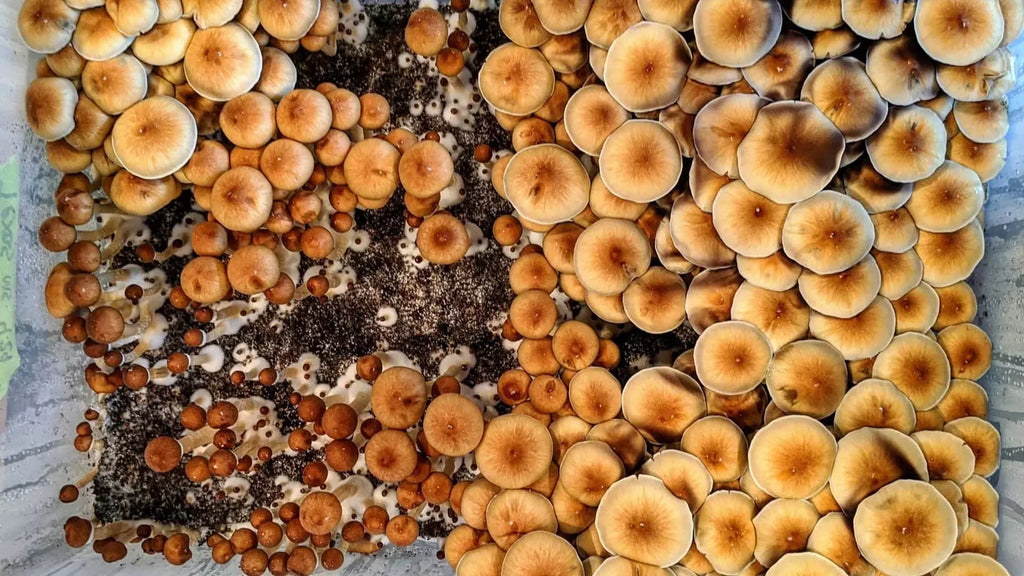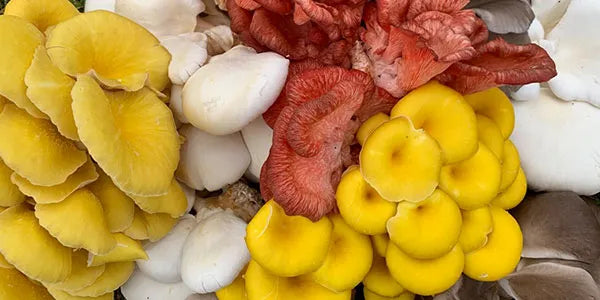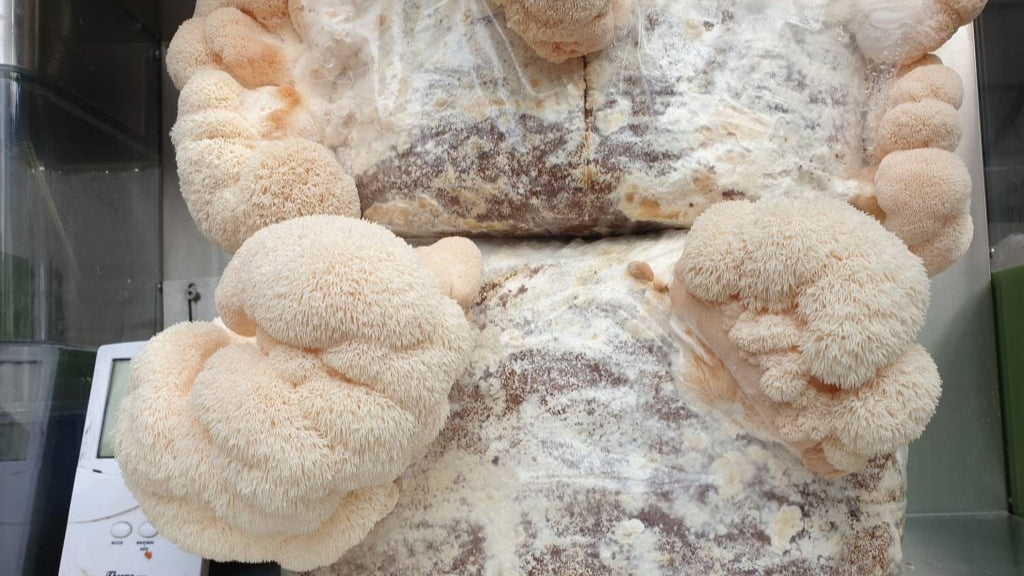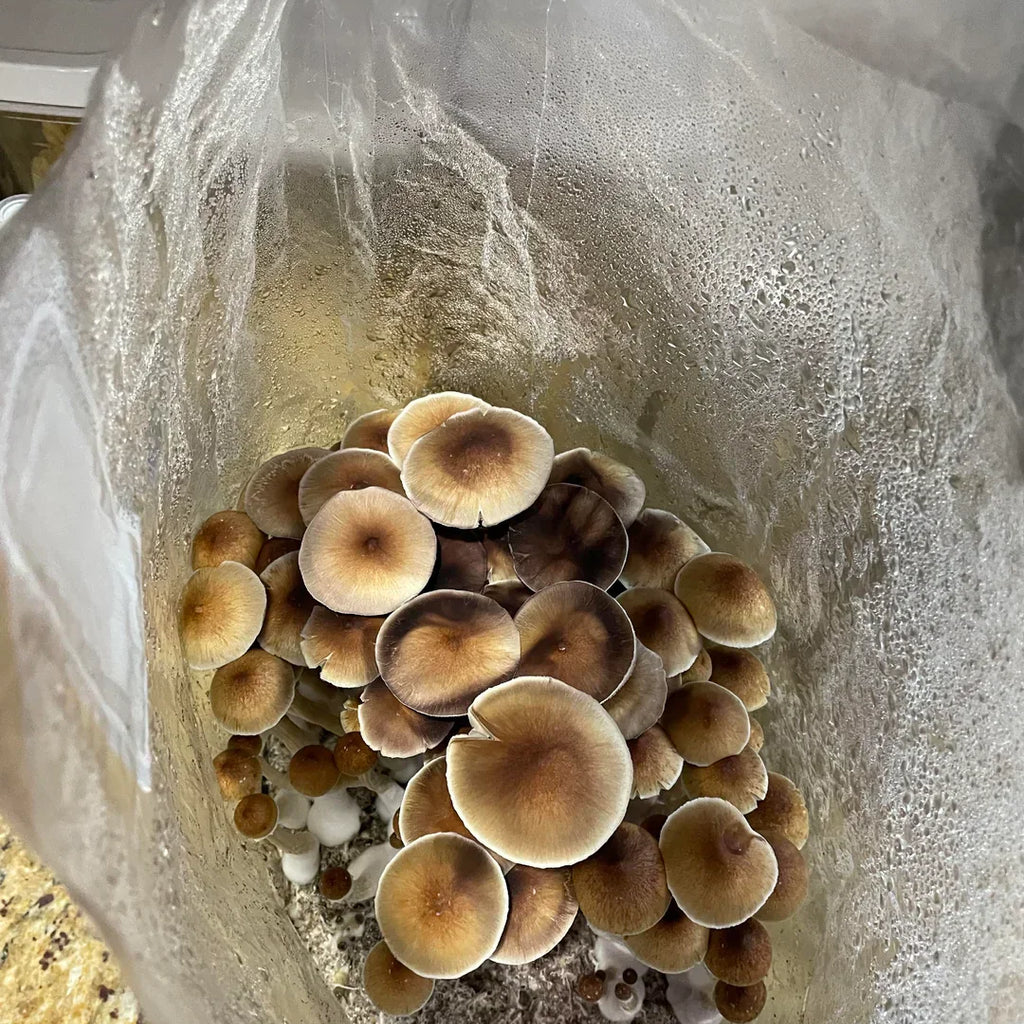
The Ultimate Guide to Mushroom Substrate

The Secret to Thriving Fungi
Mushroom cultivation is an ancient practice that has evolved into a popular hobby and a booming industry. Whether you're a seasoned grower or just starting out, understanding the substrate—the material on which mushrooms grow—is critical for success. In this guide, we’ll explore what a mushroom substrate is, why it’s essential, and how to choose the best one for your specific mushroom species.
What is Mushroom Substrate?
The substrate is the material that provides the necessary nutrients for mushrooms to grow. It acts as the "food" source for the mycelium—the fungal root system that eventually produces mushrooms. Without the right substrate, your mushrooms won’t thrive. Substrates come in various forms, and their composition varies depending on the mushroom species you’re cultivating.
Some of the most common substrates for mushroom growing include:
Straw
Sawdust
Compost
Coffee Grounds
Each substrate has unique properties that cater to the different needs of various mushroom species. For example, while oyster mushrooms thrive on straw, shiitake mushrooms prefer sawdust. Understanding these nuances will help you create the optimal environment for your mushrooms.
The Key Features of an Ideal Mushroom Substrate
Not all substrates are created equal. To foster healthy mushroom growth, the substrate must meet several important criteria:
Nutrient-Rich: Mushrooms rely on the nutrients present in the substrate for their growth. A good substrate will provide the necessary carbohydrates, proteins, and minerals to support the mycelium and mushroom fruiting bodies.
Sterile: Substrates must be free from competing microorganisms like bacteria, mold, or other fungi. Contamination can hinder mycelium colonization and may ruin your mushroom crop. Sterilization techniques such as pasteurization or autoclaving are often used to ensure the substrate is clean.
Moisture-Retentive: Mycelium thrives in a moist environment. A good substrate retains enough moisture to keep the mycelium hydrated, but not so much that it becomes waterlogged, which can lead to rotting.
Airflow: Proper airflow is essential for the healthy development of mycelium. Substrates like straw or sawdust offer good structure for air circulation, encouraging vigorous growth and proper fruiting.
Popular Mushroom Substrates Explained
Let’s dive deeper into the most common mushroom substrates and their unique benefits.
1. Straw
Straw is one of the most widely used substrates for growing mushrooms, particularly for species like oyster mushrooms. It’s inexpensive, easy to find, and works well for both small-scale and commercial mushroom farming. The straw is typically chopped and pasteurized to eliminate contaminants, then inoculated with mushroom spawn.
Why Choose Straw?
Cheap and easily available
Ideal for oyster mushrooms
Can be supplemented with additional nutrients
2. Sawdust
Sawdust is favored by growers of species like shiitake and lion's mane mushrooms. It’s rich in wood fiber, which is a critical nutrient for many wood-loving mushrooms. Sawdust is often used in combination with other additives like bran or gypsum to enhance nutrient content.
Why Choose Sawdust?
Best for wood-loving mushrooms like shiitake
Offers excellent water retention
Can be easily supplemented for higher yields
3. Compost
Compost is rich in nutrients and supports a wide variety of mushroom species, including button mushrooms (Agaricus bisporus). It’s made from decaying organic matter, which provides an ideal growing medium for mushrooms that feed on decomposing plant material.
Why Choose Compost?
Nutrient-dense and ideal for button mushrooms
Helps create a thriving, balanced ecosystem for fungi
Holds moisture well
4. Coffee Grounds
Coffee grounds are an excellent, eco-friendly substrate for mushrooms like oyster mushrooms. They are rich in nitrogen, which is essential for mushroom growth. Using coffee grounds for growing mushrooms is a sustainable way to recycle waste and contribute to a greener environment.
Why Choose Coffee Grounds?
Sustainable and eco-friendly
Great for growing oyster mushrooms
Easy to acquire (many coffee shops give away used grounds)
How to Prepare Your Mushroom Substrate
Preparing your substrate is an essential step in successful mushroom cultivation. Here’s a brief overview of how to prepare some common substrates:
Straw: Chop the straw into smaller pieces and pasteurize it by soaking it in hot water (160-170°F) for about an hour. This kills any contaminants and makes the nutrients available to the mycelium.
Sawdust: Pasteurize or sterilize the sawdust to remove contaminants. Some growers also supplement sawdust with other materials like wheat bran for added nutrition.
Compost: Compost needs to be well-rotted to ensure that it’s free from pathogens and fully decomposed. Pasteurization can also be used for this substrate.
Coffee Grounds: Used coffee grounds can be directly utilized but must be pasteurized first to eliminate unwanted bacteria or mold. They must be kept moist but not too wet.
Final Thoughts
Choosing the right mushroom substrate is crucial for your success as a grower. Different mushrooms require different substrates, and the quality of your substrate will significantly impact the growth of your mycelium and the yield of your fruiting bodies. By understanding the characteristics of each substrate type and preparing it correctly, you can cultivate a wide variety of mushrooms, whether you're growing them for personal use or for commercial purposes.
Remember, the key to thriving fungi lies in providing a nutrient-rich, sterile, and moisture-retentive environment. Happy growing!
